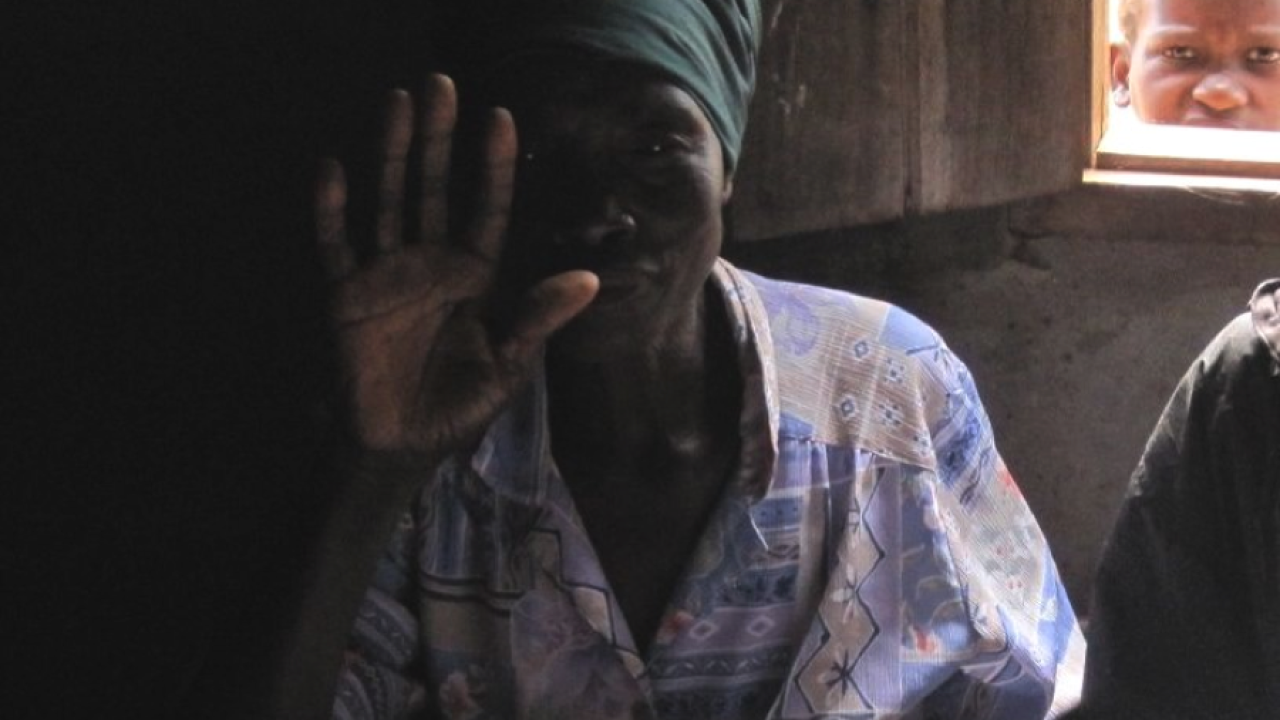
Kenya, Malawi, Rwanda, Zambia and other sub-Saharan African countries have implemented large-scale fertilizer subsidy programs to boost food security and small farm productivity. Motivated by the recent escalation in food prices, other countries in the region and around the world are also considering fertilizer subsidies, making it all the more important to shed light on the impacts that such programs have on both short- and longer-term farm output and household consumption.
The recent implementation of a fertilizer subsidy program in Mozambique offers an important opportunity to learn about the efficacy of such programs—how to make them more effective, as well as whether alternative approaches to subsidizing farmers might work better. An open question is whether one-time or temporary provision of subsidized fertilizer can set households on a long-run positive growth path, or whether input utilization and farm output eventually return to previous levels after subsidies are phased out. This graduation question is especially important from the perspective of long-term poverty dynamics in Africa.
Project Summary
A new project from researchers at the Feed the Future Innovation Lab for Assets and Market Access at UC Davis will shed light on the short- and long-run impacts of fertilizer subsidies and savings accounts on smallholder farmers in Mozambique. Specifically, this project will show whether subsidies have greater long-run impacts when they are provided in combination with savings facilities, whether savings matches motivate farmers to save, whether farmers continue saving on their own once matches end and how group-based incentives for savings differ in their effects from individual-based incentives.
In partnership with a local financial institution, the research team will randomize offers of savings accounts to farmers. Some savings accounts will be ordinary accounts with standard interest rates, while others will be matched savings accounts with match rates of up to 50 percent. To examine the impact of group incentives, another treatment group will involve savings matches that rise in group-level savings balances. A random lottery will be used to determine the specific savings intervention offered to each farmer group.
Anticipated Impacts
Key outcomes for assessing impact assessment related to the above questions include farm output, household consumption, and other indicators of household well-being such as nutrition, health and child schooling. Random assignment into treatment and control groups makes it possible to identify the causal effect of the interventions, as opposed to differences between farmers that are due to other factors.
